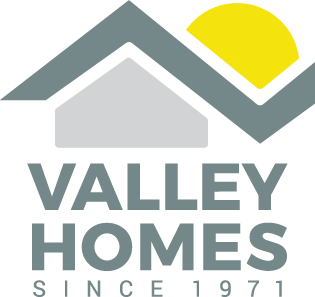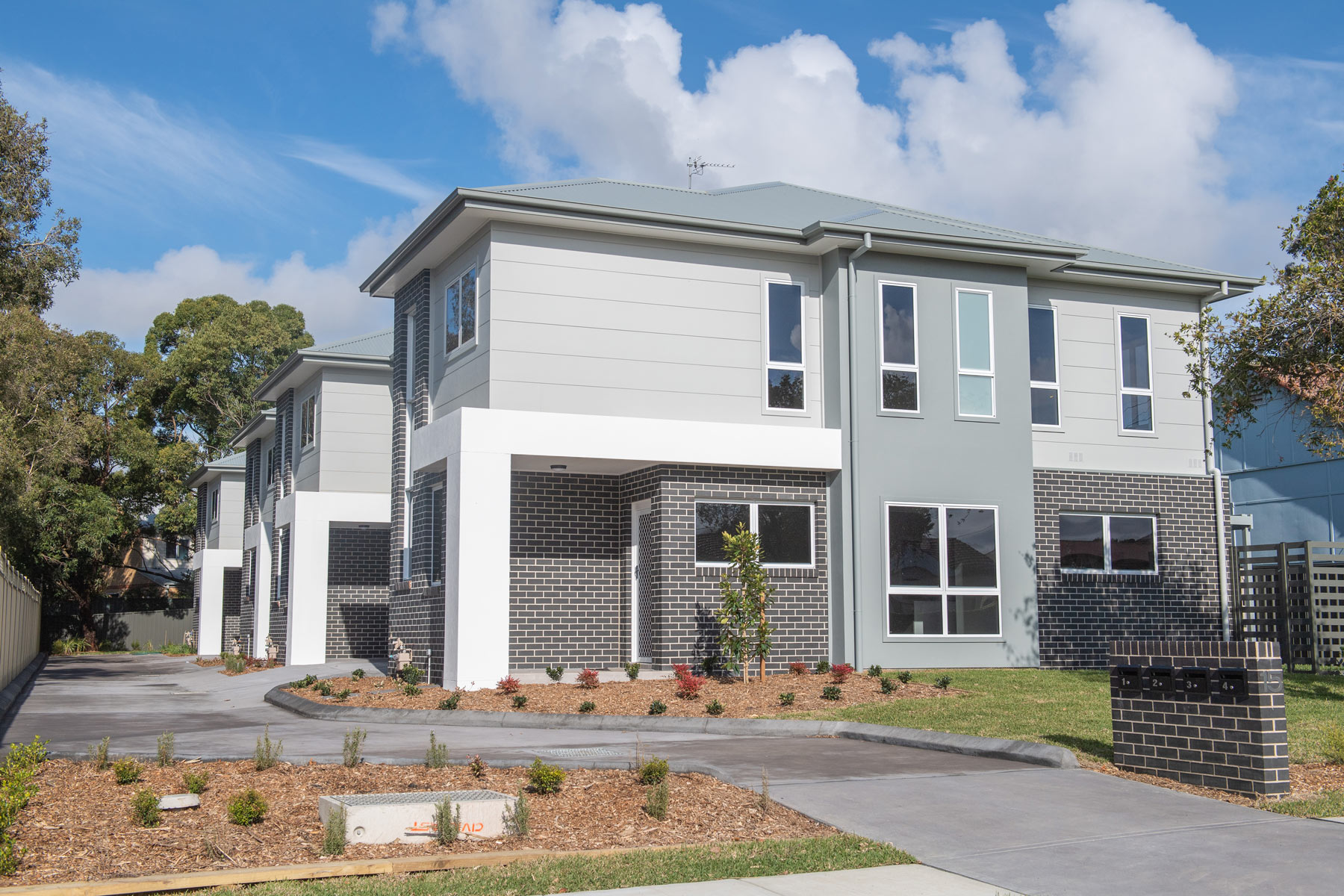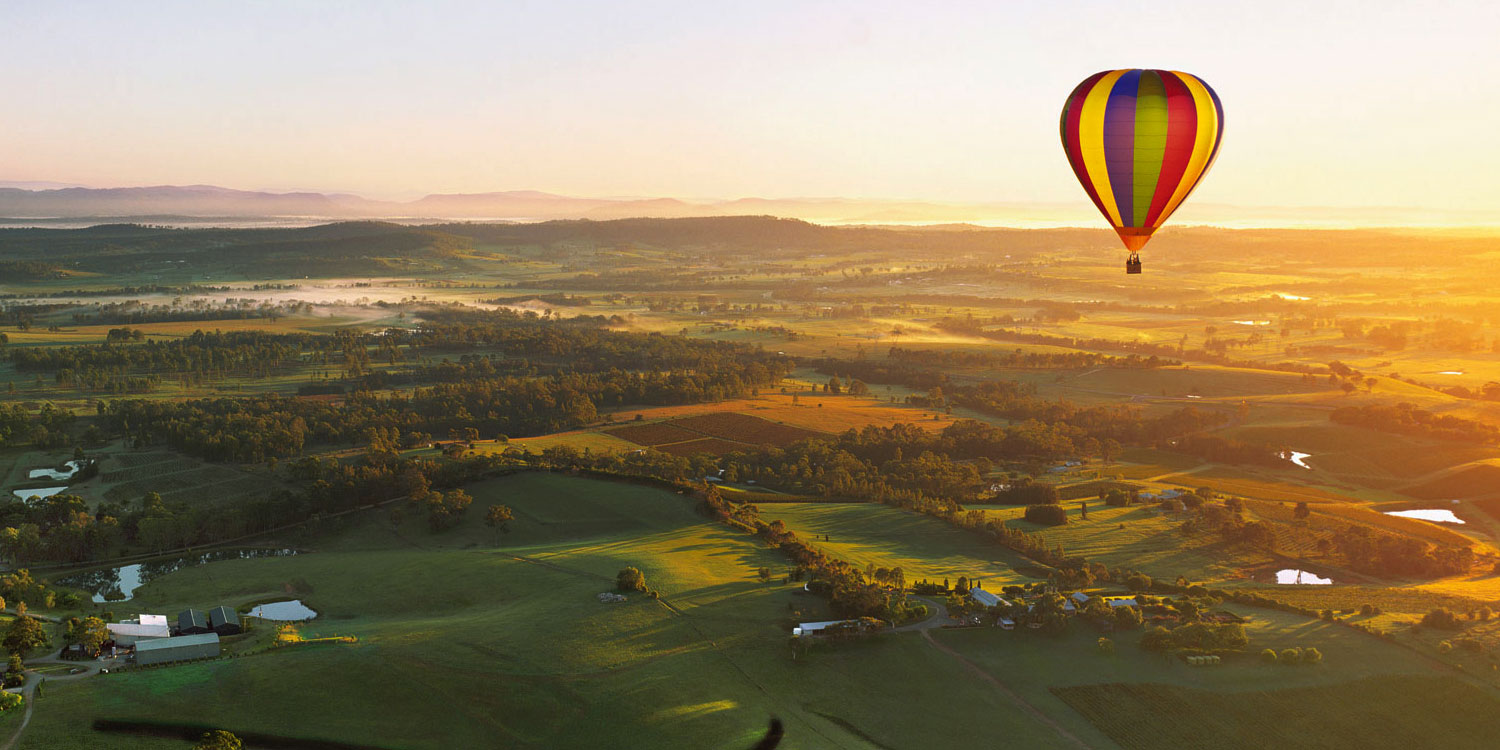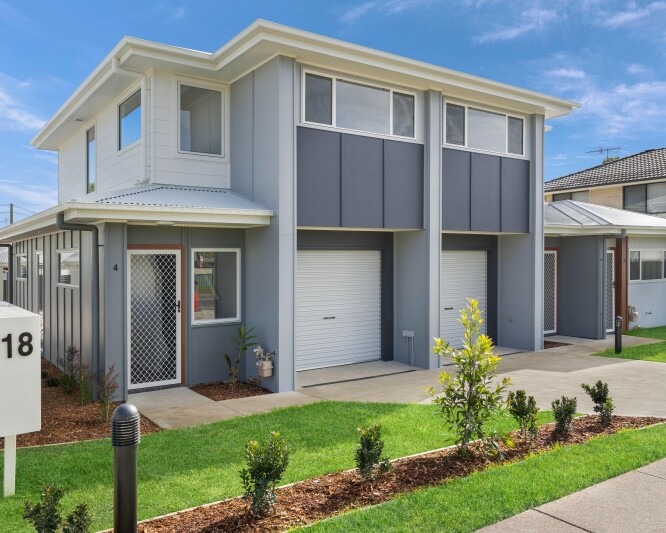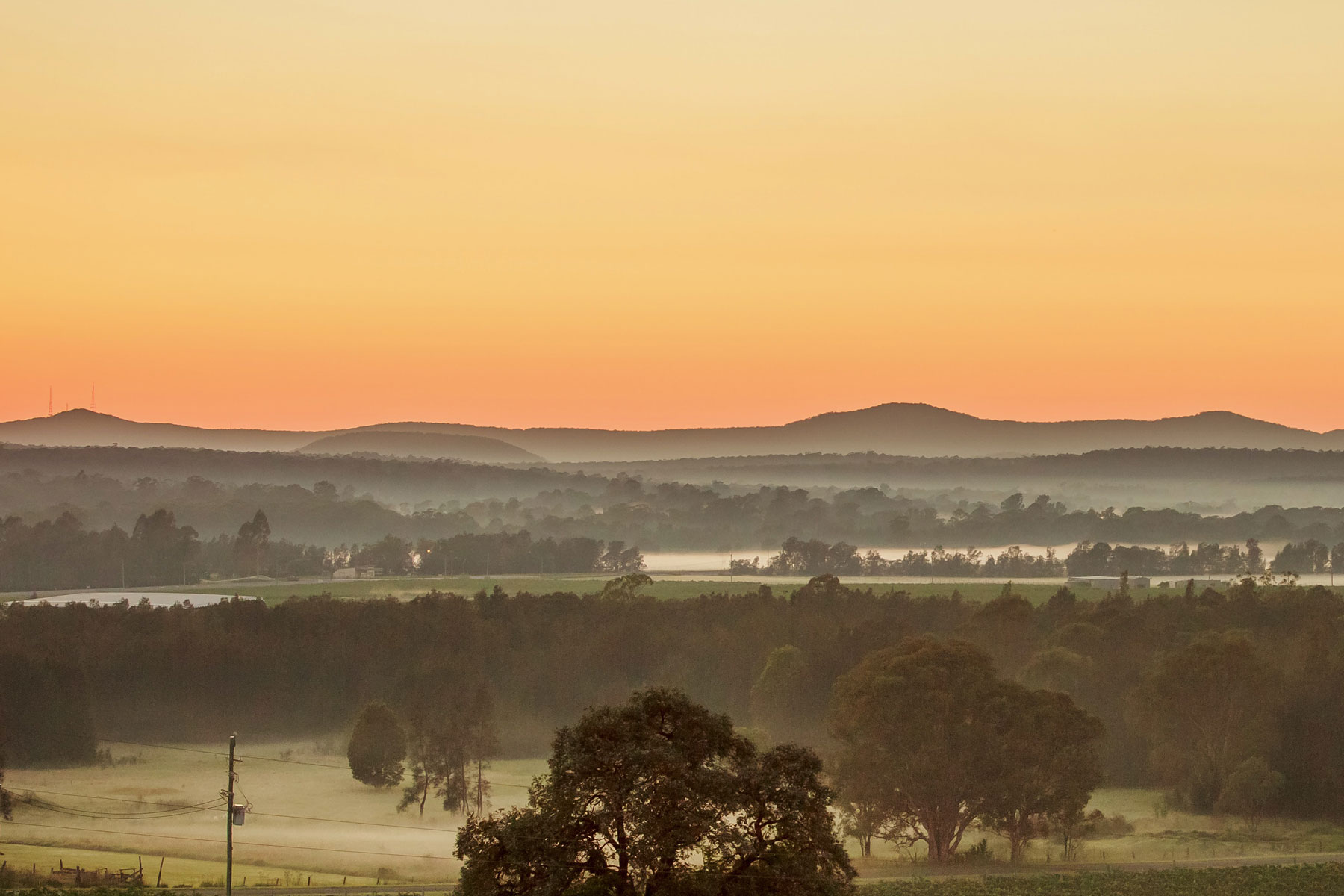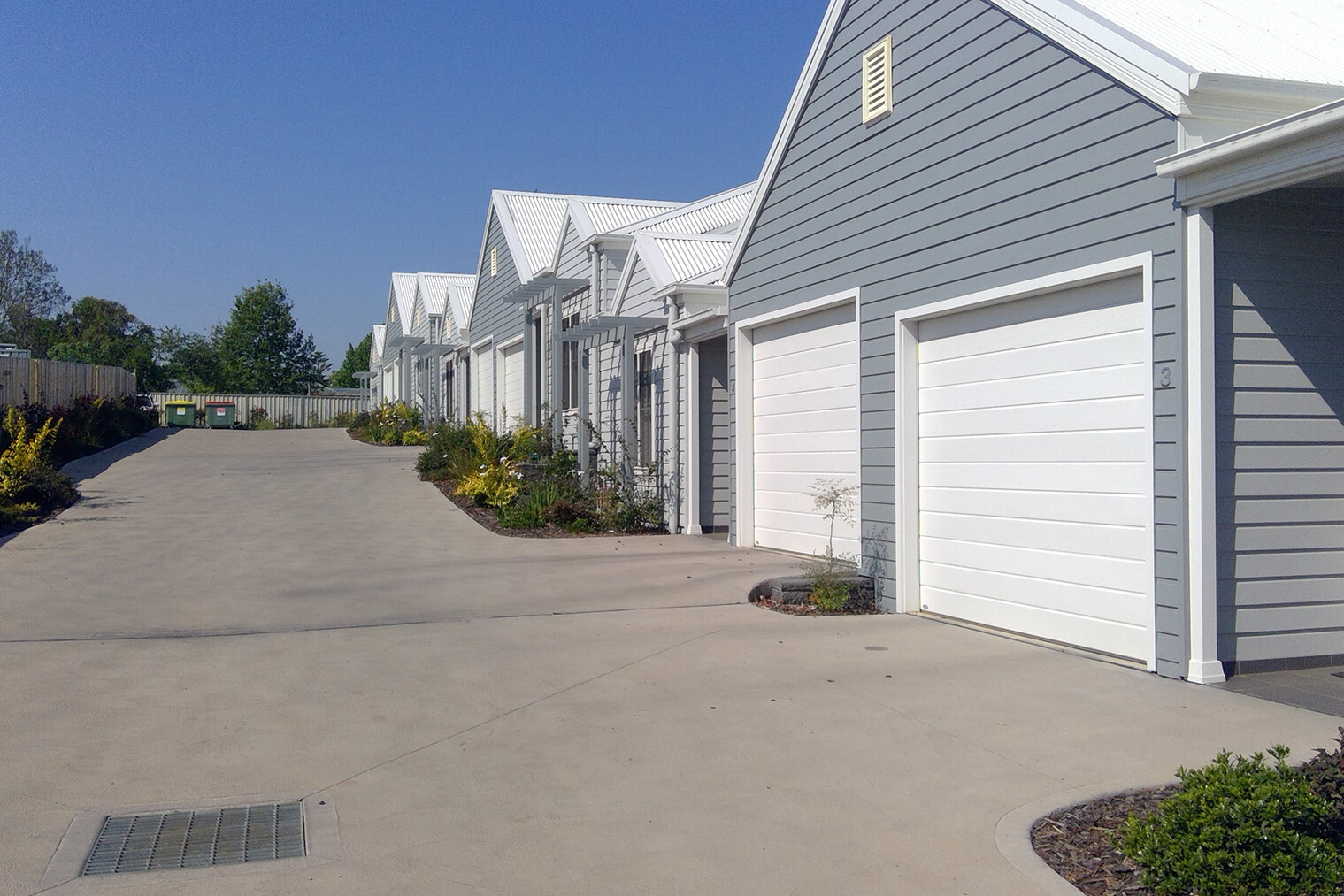Location is key when building a townhouse
The Hunter Valley region offers something for every possible lifestyle: wide open spaces to breathe and grow, world class vineyards, close proximity to the coast, the vibrant university city of Newcastle and it’s beaches, diverse and expanding opportunities for employment, plus an easy two hour expressway drive to Sydney. The appeal of the Hunter Valley is huge and it’s no surprise that savvy investors and property developers are seeking land here for a multi unit developments.
If property development is something you’ve also been considering, whether it’s a townhouse or triplex in an urban or regional setting, then this month’s blog is for you. It’s packed full of great tips on how to select the right location in the Hunter Valley.
Location is everything!
Big, bold plans like a multi unit development are something to get excited about and the wise property developer must have a clear vision about the project. Whether your goal is to sell or rent your properties, it’s important to consider who you’re building for and ensure that this is compatible with the demographics of the area in which your block of land is located.
If you’re yet to buy land for your multi unit development then take the time to visit several suburbs to determine which area meets your requirements. Here are some questions to consider as you look around:
Is there a demand for multi unit developments or are they in over-supply? Does the area offer good public transport services? If you choose to build in a rural area is there a reliable train service as an alternative to long distance driving?
Consider amenities and services: are supermarkets and health services within relatively close proximity? What sort of recreational facilities does the area offer? Is there easy access to open or green spaces? Does the neighbourhood have a friendly atmosphere? Remember, your aim is to ensure your multi unit development is marketable.
It’s also worth considering the micro-climate of the area. By chatting to residents you can discover whether there’s a history of flooding, bushfire and drought. How has town planning responded to this, as well as mitigating the potential impact of climate change.
Are there any local sources of smells or pollution? Check for any development applications for industrial projects that could impact the area.

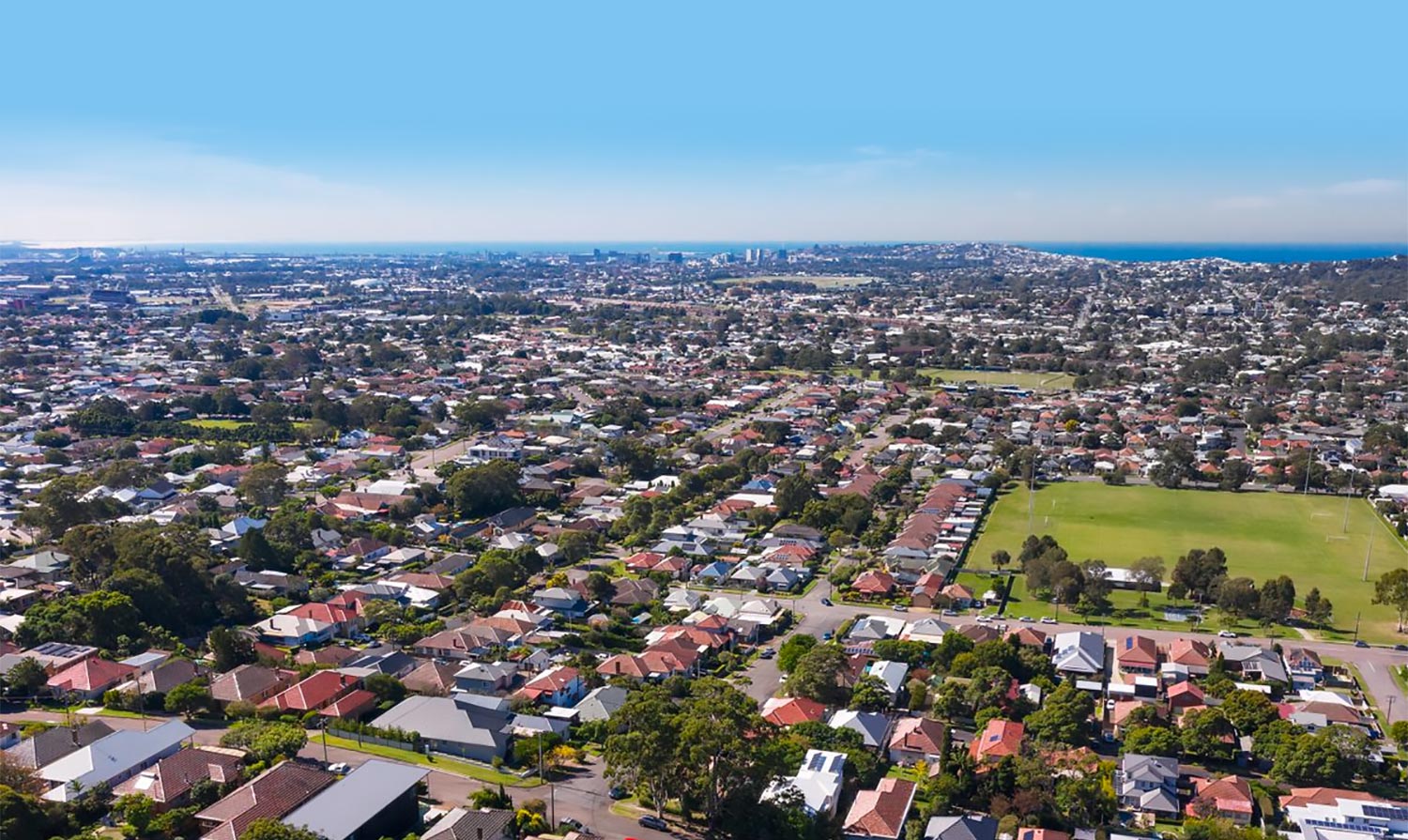
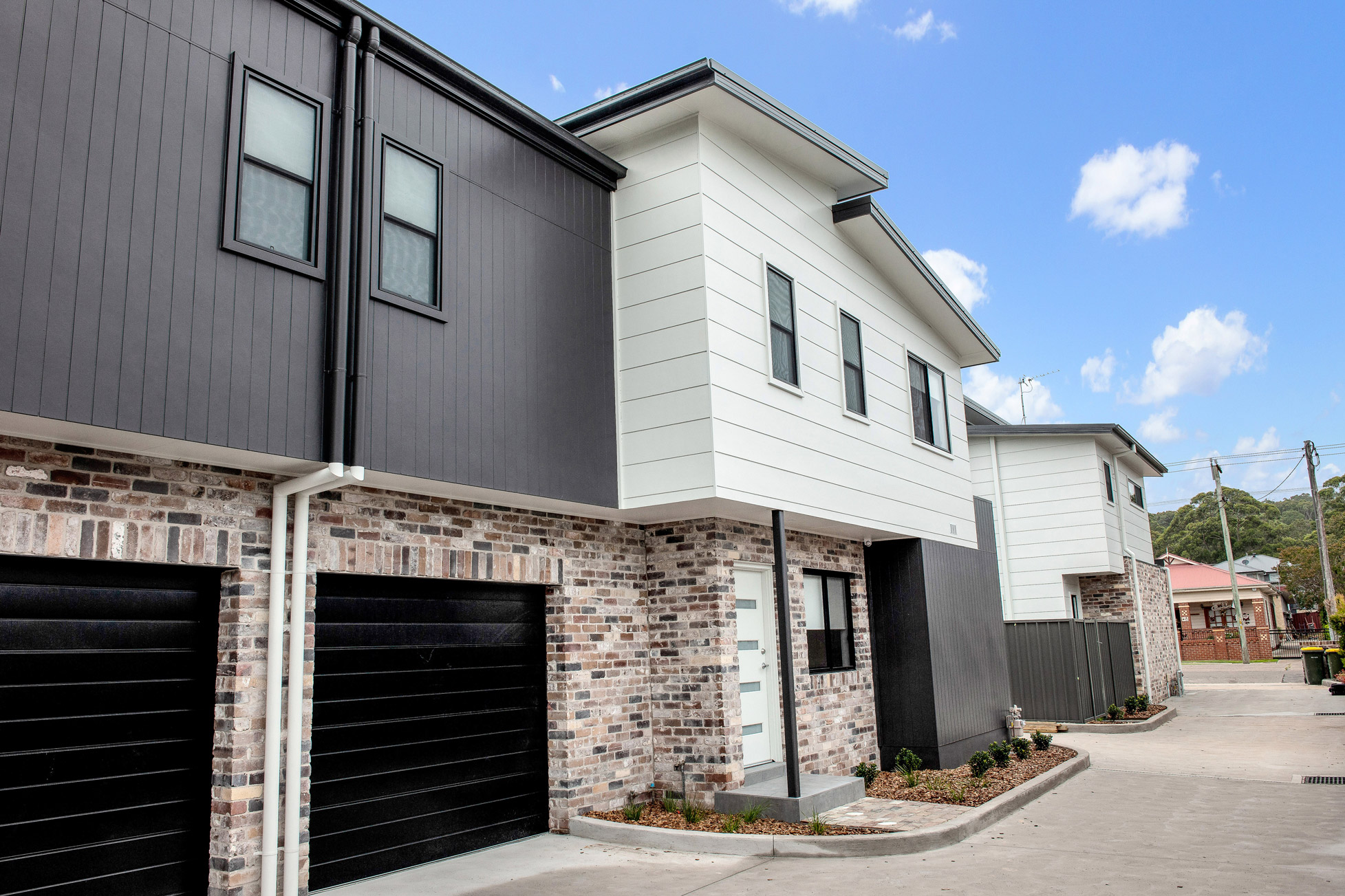
Research the local council regulations
Once you’ve narrowed down your preferred area educate yourself about the local council’s planning controls. The NSW Planning Portal will help you identify a property and access the relevant council planning controls to assist you in preparing a development application. Some councils also offer pre development application assistance. It’s worth taking a look at the relevant council website and make the most of all they have on offer.
Each council has specific guidelines on the minimum size of land for subdivision, restrictions on building heights, environmental protection and zoning.
Many councils have developed character studies of suburbs, particularly older, inner city suburbs. Is your design sympathetic to the character of the neighbourhood? You have a better chance of receiving approval from both council and your neighbours by taking this into consideration.
Newcastle council has placed a large focus of its Housing Strategy on creating more diverse and affordable housing in medium density suburbs. The council recognises a need for apartments, duplexes, triplexes and townhouses in identified growth corridors and has facilitated the growth in Developments Applications accordingly.
Does your dream match your block of land?
Once you have a clear understanding of council regulations take a realistic look at your prospective block of land. Evaluate the site for aspect, drainage, views and climate. Determine utilities accessibility and whether your land contains easements? Consider how to best maximise the land to increase it’s value. Is it better to build two three bedroom townhouses or a triplex of two bedroom units?
Consider how each dwelling can be orientated on the land to achieve effective solar access or cooling breezes. Will there be enough space for setbacks, parking, driveways and private open space?
Remember to take a look over the fence and consider if there’s potential for future development that could impact your property.
Does it add up?
Perhaps the most important point is to ensure your multi unit development is a feasible investment. After all, this is the reason you’re building in the first place. This will be determined by calculating building costs, your loan structure, the number of properties and resale value of each property. Doing your homework on the financials can potentially save you thousands in the long-term, so it’s worth doing right. In the current environment of rising interest rates and inflationary pressures on building materials, it’s crucial to consider this into your budget equation – you’ll find further information about this in our article Factoring all costs when building a new home or investment.
Get the right support
Valley Homes is in the business of designing and building top quality multi unit developments – but we can also work with any plans you may already have. We’ve been working with councils in the Hunter Valley for over 50 years and pride ourselves on keeping abreast with council processes to reduce the stress for you. Take advantage of the expertise on offer with Valley Homes and let us transform your multi unit development vision into a reality. Call us today.
